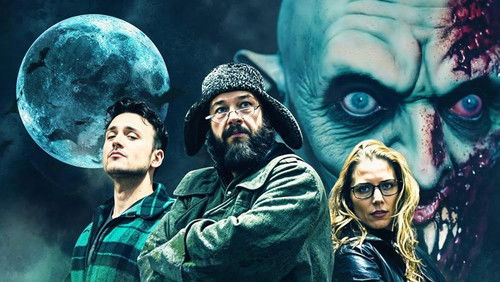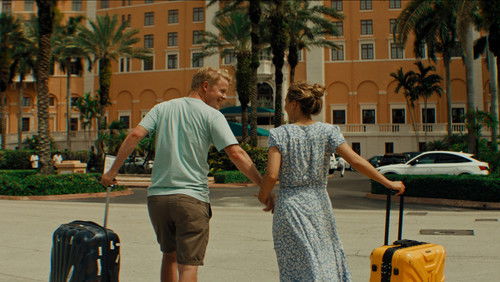Boccaccio 70 (1962)
63KBoccaccio 70: Directed by Vittorio De Sica, Federico Fellini, Mario Monicelli, Luchino Visconti. With Marisa Solinas, Germano Gilioli, Anita Ekberg, Peppino De Filippo. Inspired by Boccaccio’s novellas, each episode focuses on sex, love and seduction in Italy’s 1960s, an era of economic growth and major cultural changes.
“Though an ardent Fellini fan, it took me some time before getting round to buying this u0026#39;portmanteauu0026#39; of four separate stories from Italyu0026#39;s leading directors of the time.u003cbr/u003eu003cbr/u003eWhich was actually 1962 and not the 1970 that the title suggests. Portraying love, sex and lust in the u0026#39;modern ageu0026#39; hence the futuristic date in the title each part is 50 minutes long and in my experience, is best watched in two sittings. Youu0026#39;ll probably have read that as well as Fellini, Vittorio de Sica, Luchino Visconti and Mario Monicelli, all but the last being very well known to knowledgeable film buffs.u003cbr/u003eu003cbr/u003eIt takes nine writers, including input and ideas from the directors themselves to mould the very different stories here. The women definitely hold the upper hand in every one of them, loftily placed on pedestals – busty Anita Ekberg in Felliniu0026#39;s; Romy Schneider in Viscontiu0026#39;s and Sophia Loren in de Sicau0026#39;s.u003cbr/u003eu003cbr/u003eThe first segment, from Monicelli, is actually a bonus on the DVD as it was apparently cut from theatrical releases shown outside Italy. But, actually, that part is a good setting point – ordinary young female factory workers who live with the worry of everyday life and love and the hanging threat of old traditions, the Church and ruthless employers who attempt to quell their youthful desire for sex. Some scenes, with busy trams and bustling street scenes at rush-hour, remind me of the earlier classic u0026#39;Bicycle Thievesu0026#39;.u003cbr/u003eu003cbr/u003eViscontiu0026#39;s part is a talky – and fairly boring – u0026#39;discussionu0026#39;, fixed to one nice, very posh apartment. The subject is now rather ordinary, probably unlike then, that Iu0026#39;m wanting more substance and variety. There again, I never was u0026#39;intou0026#39; Visconti – high on style and period detail but low on flair and exuberance, at least compared to the others.u003cbr/u003eu003cbr/u003eFellini was in the late autumn of his career at this point and this manifests itself by him displaying some trademark vaguely tasteless wit, swipes at Catholicism and Authority but surprising us with some truly inspiring set-pieces. His first foray into colour, itu0026#39;s a very bumpy and uneven ride, bounding from barely watchable to reassuringly great and familiar.u003cbr/u003eu003cbr/u003eA young and very shapely Sophia Loren, under De Sica, is used to portray many themes in neo-realist Italian cinema – Life itself. Outdoor fairs, sultry night-times when lovers and larger-than-life characters come out to play and village pettiness all affect this red-dressed temptress, who, like so many, yearn for greater and better things. Itu0026#39;s at a touch funny and sad, but oddly, not as compelling as it should be. Though never the greatest actress, Loren doesnu0026#39;t let the side down, but her raw physical beauty always means that is what is seen first, before emotional depth.u003cbr/u003eu003cbr/u003eCritical reviews vary – some quarters saying that itu0026#39;s a lot of wasted talent. My immediate response is that all the directors and key players have done far better work and those seeking them out for the first time should look elsewhere – Iu0026#39;d hate for anyone to be put off potentially brilliant Italian cinema by them watching this and being disappointed.u003cbr/u003eu003cbr/u003eHowever, for Completists, like me, who have seen and loved these great directoru0026#39;s best films, then the draw will become insufferably great and purchase will become inevitable. At least this quality transfer Mr Bongo release allows us to sample this odd collection at a good value price.”









